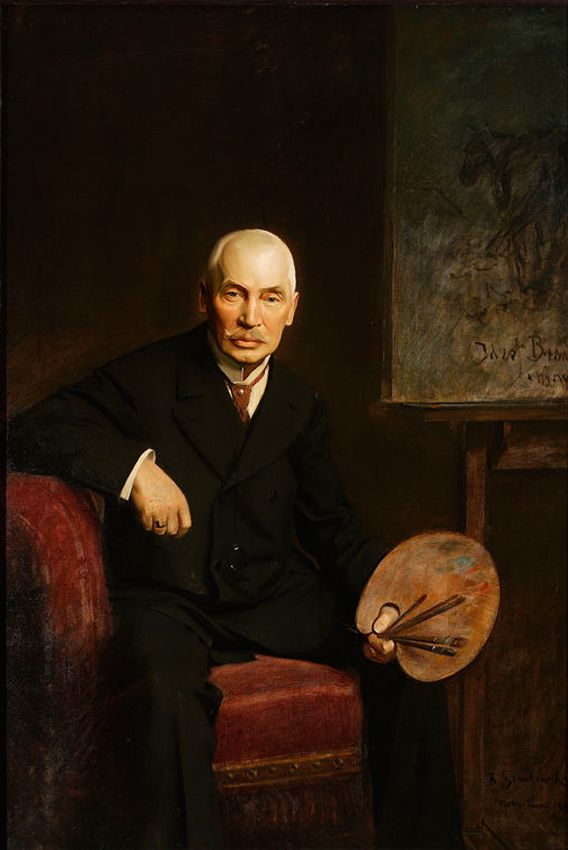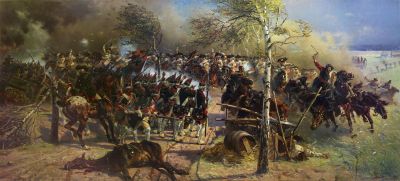Józef Brandt
Mediathek Sorted
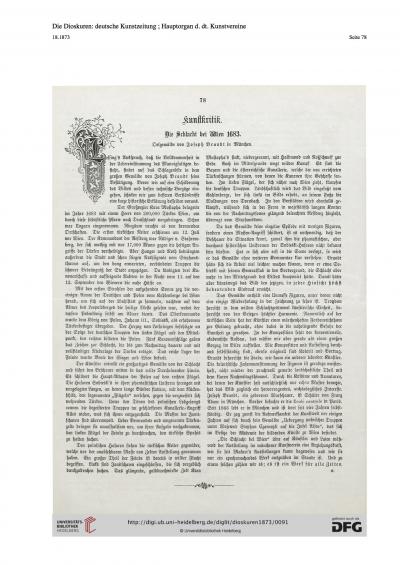
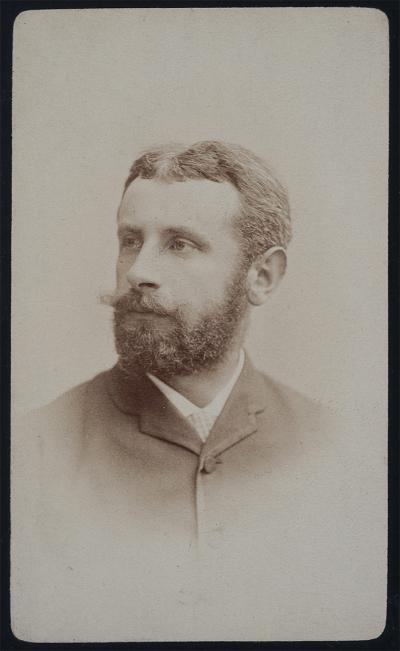
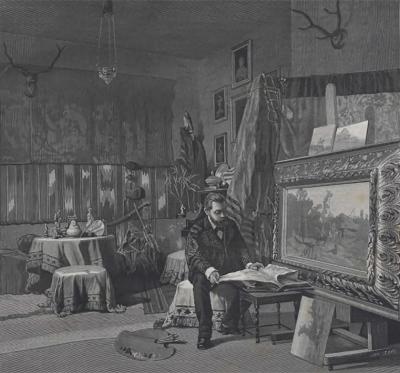
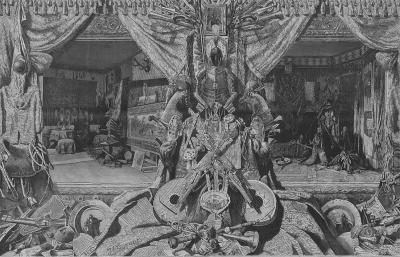
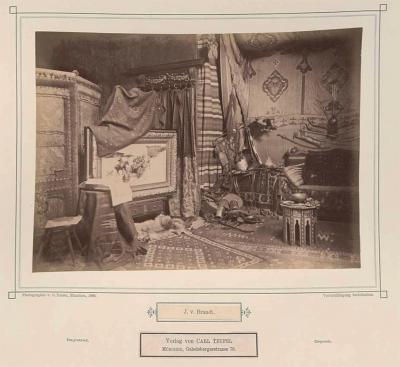
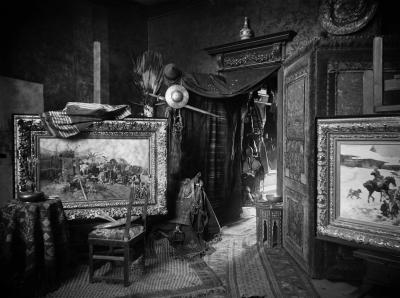
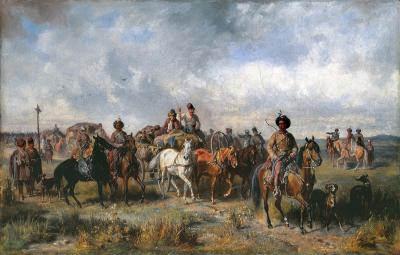

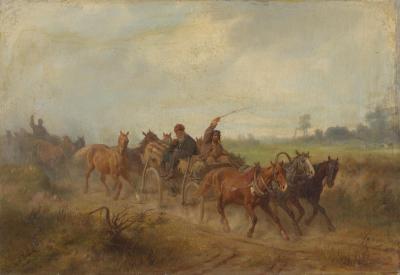
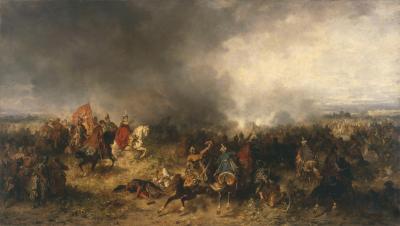
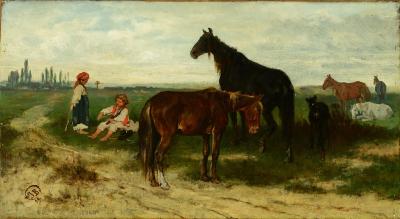
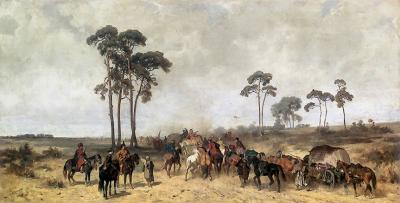
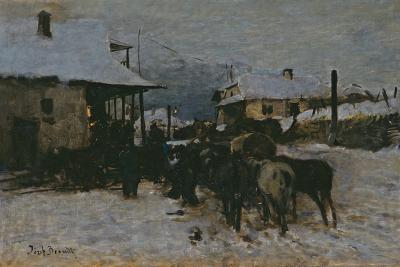
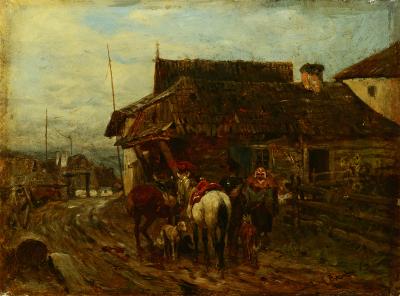
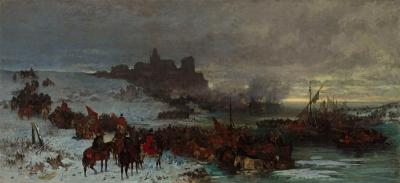
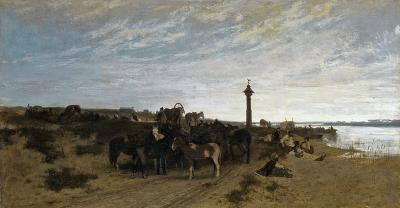
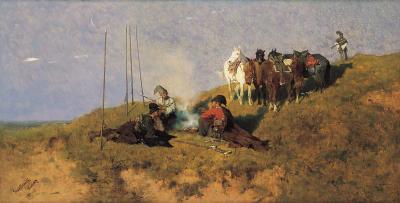
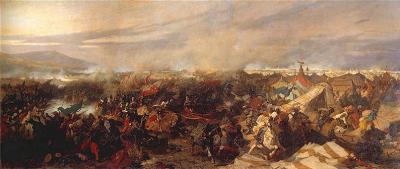
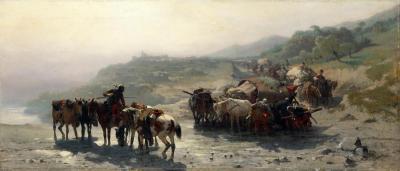
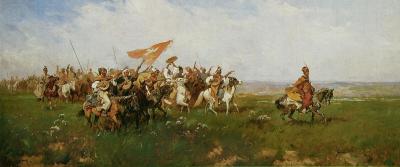

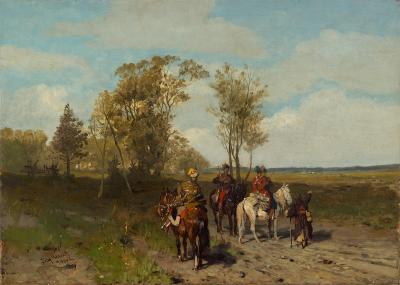
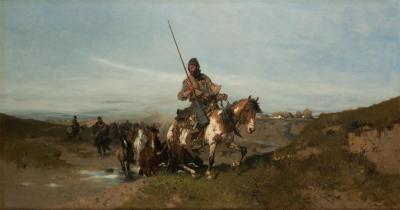
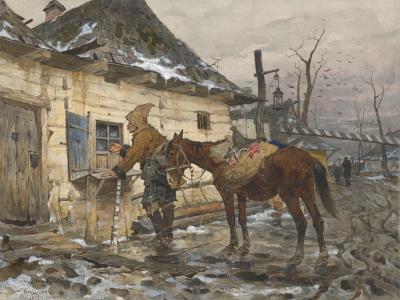
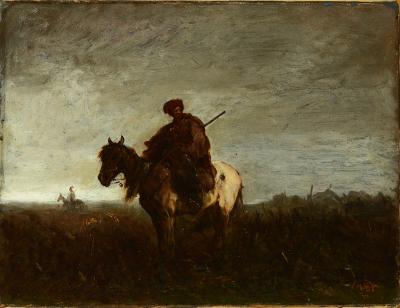
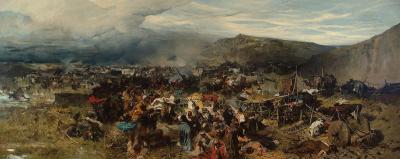
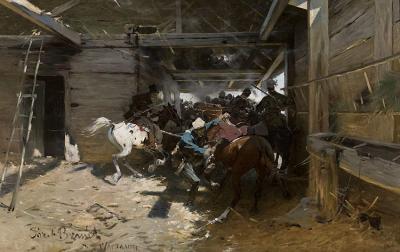
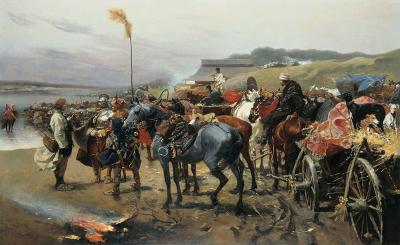
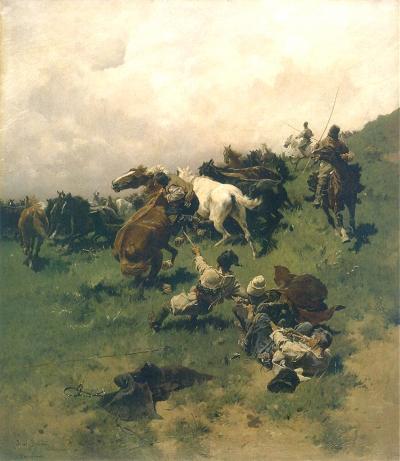
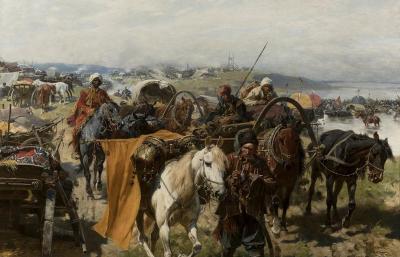
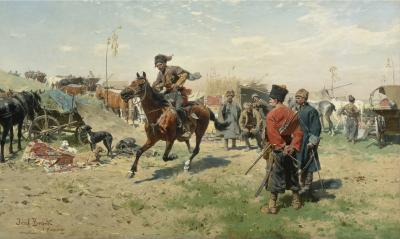
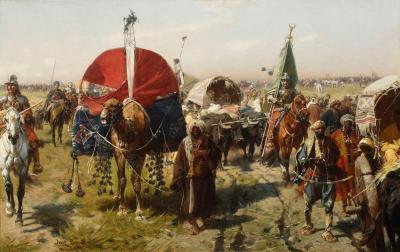

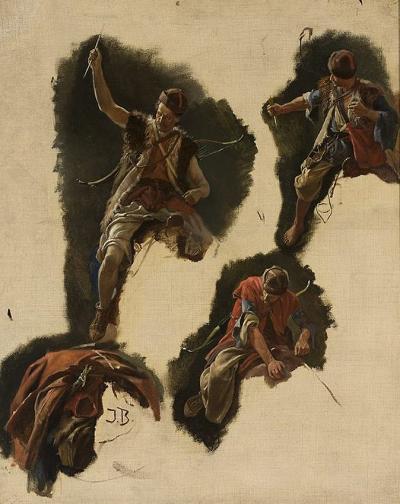
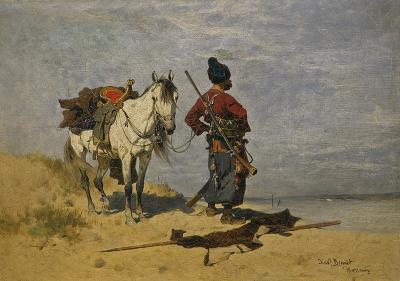
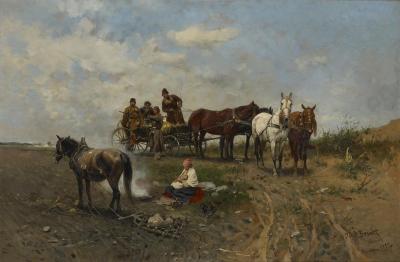
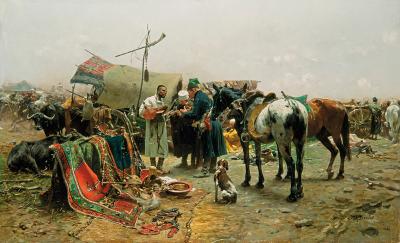
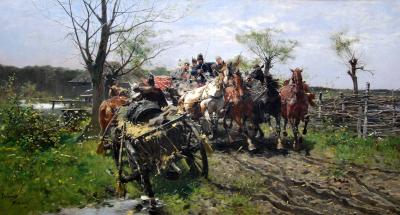

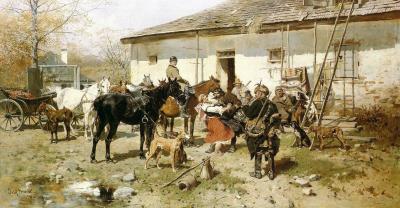
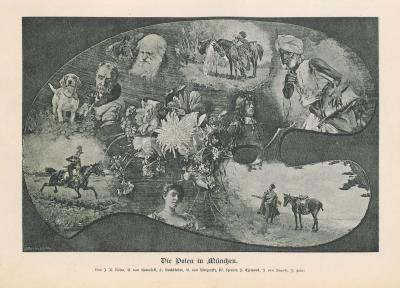
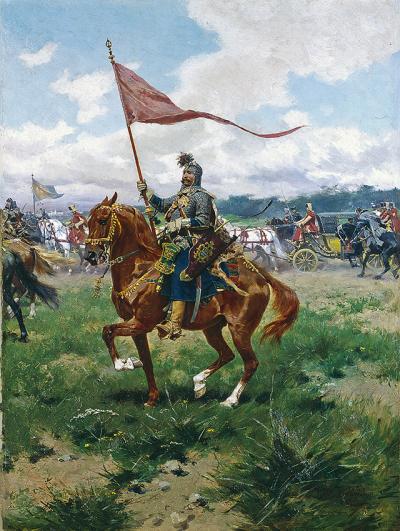
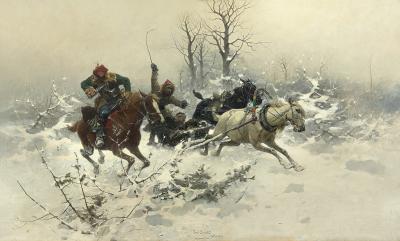
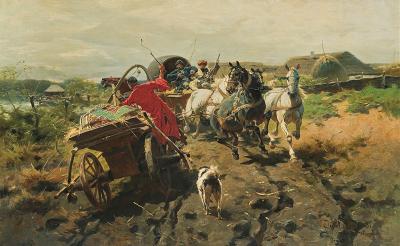
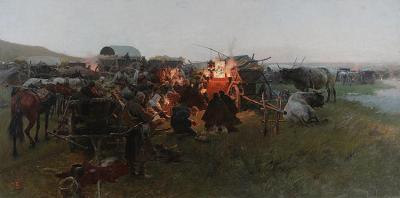
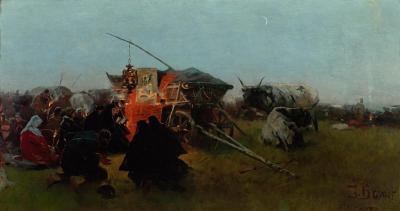
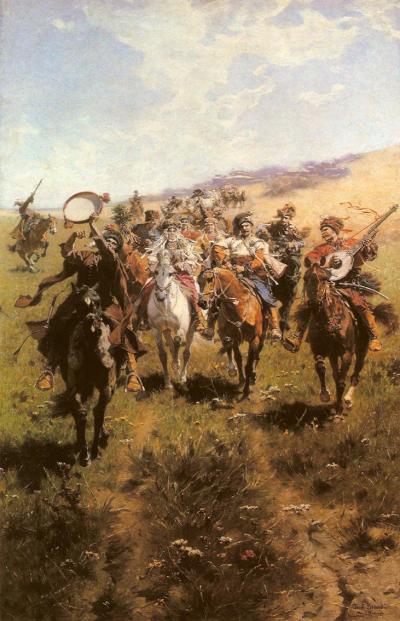
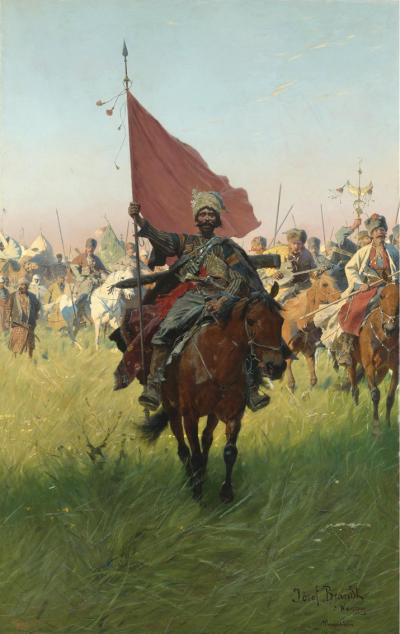
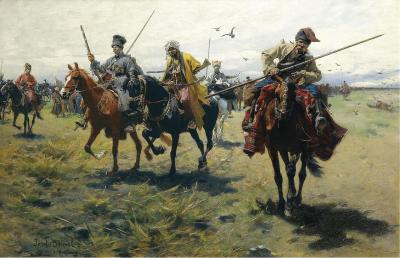
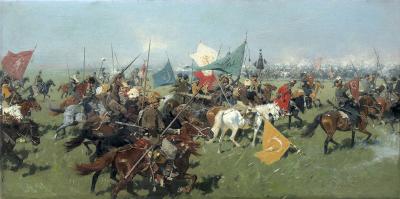

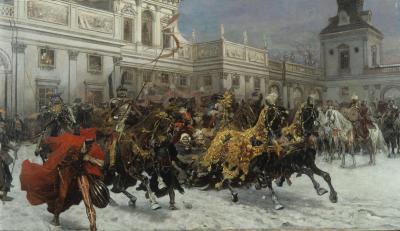
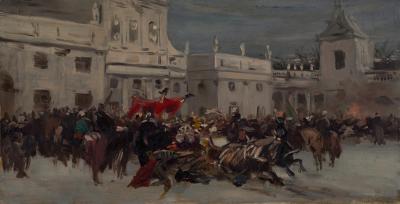

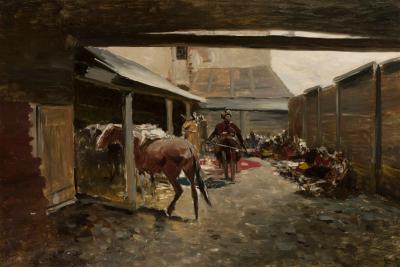
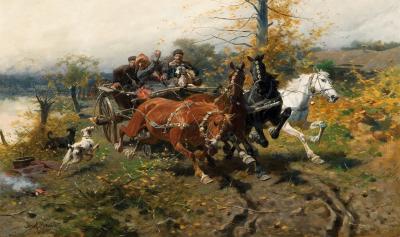
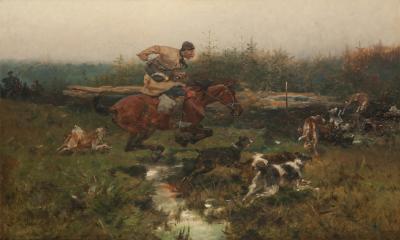
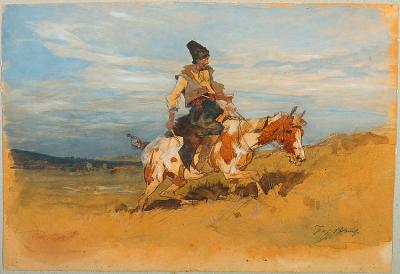
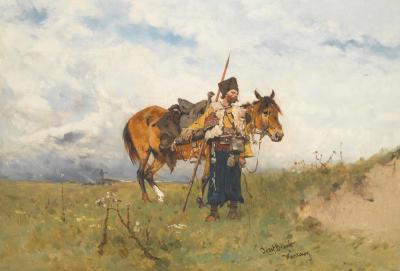
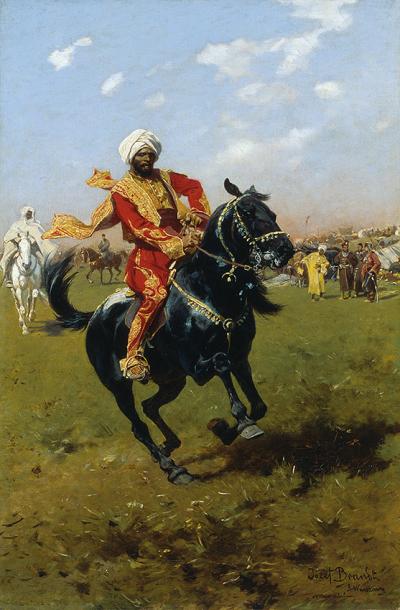
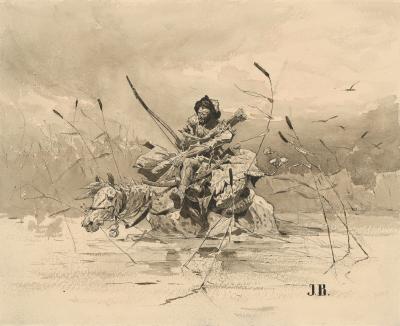
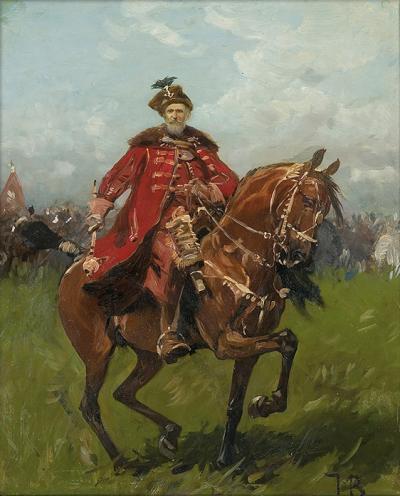
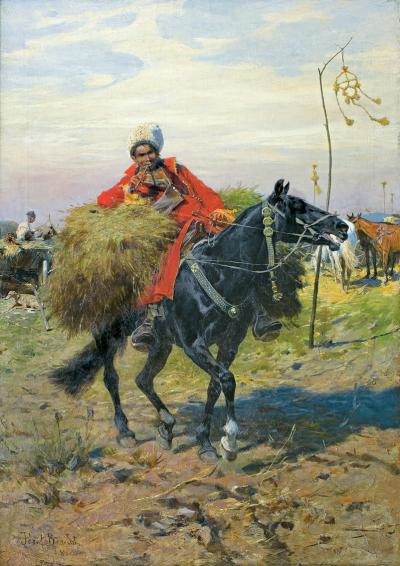
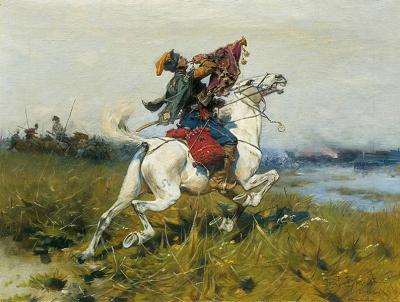
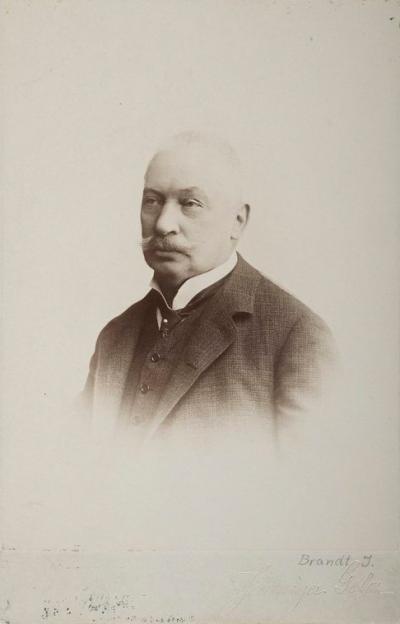

During these years Brandt's paintings were as coveted as they were expensive. Until the turn of the century the Munich gallery Wimmer which represented him, sold most of his works to the USA. After 1900 he switched to Galerie Heinemann. The Georges Petit gallery dealt in his paintings in Paris.[72] From the turn of the century, however, Brandt (fig. 64), who had been painting mainly for the art market for the past twenty years, seemed burnt out. He continued to work as an artist, but for the most part his paintings were repetitions of motifs related to the Battle of Vienna, such as the “Battle for the Turkish Flag”[73] (circa 1905, National Museum in Krakow/Muzeum Narodowe w Krakowie) or the wall-filling depiction of “The Bogurodzica Anthem”[74] (1909, National Museum in Breslau/Muzeum Narodowe w Wrocławiu). In doing so he made individual studies of victorious Hussars and Cossacks (fig. 57-59, 62-63). Brandt was now living on the estate at Orońsko amid a large family of children and grandchildren. In 1913 his health began to deteriorate. At the start of the First World War, German soldiers confiscated his horses, requisitioned food and rations and finally plundered all his works of art and everyday objects. In 1915 Russian soldiers forced him to leave the estate and he moved with his family to Radom. Brandt died of pneumonia on 12th June 1915.
Axel Feuß, November 2017
Further reading:
Adolf Rosenberg: Die Münchener Malerschule in ihrer Entwicklung seit 1871, Leipzig 1887, pages 46-48
Friedrich Pecht: Geschichte der Münchener Kunst im neunzehnten Jahrhundert, München 1888, pp. 420-424 („Die Polen, Magyaren und sonstigen Ausländer“), Digitale Sammlungen der Universitätsbibliothek Weimar, Digital version: http://nbn-resolving.de/urn:nbn:de:gbv:wim2-g-591521 (called up on 21.11.2017)
Janusz Derwojed: Józef Brandt, Warsaw 1969
Münchner Maler im 19. Jahrhundert, Band 1, München 1981, p. 129 f.
Halina Ste̜pień: Artyści polscy w środowisku monachijskim. W latach 1828-1855 (Studia z historii sztuki / Instytut Sztuki, Polska Akademia Nauk, 44), Breslau/Wrocław 1990
Hans-Peter Bühler: Jäger, Kosaken und polnische Reiter. Josef von Brandt, Alfred von Wierusz-Kowalski, Franz Roubaud und der Münchner Polenkreis, Hildesheim/New York, 1993
Halina Ste̜pień / Maria Liczbińska: Artyści polscy w środowisku monachijskim. W latach 1828-1914. Materiały źródłowe (Studia z historii sztuki / Instytut Sztuki, Polska Akademia Nauk, 47), Warschau 1994
Irena Olchowska-Schmidt: Józef Brandt, Krakau 1996
J. Derwojed: Brandt, Józef, in: Saur Allgemeines Künstlerlexikon, Band 13, München/Leipzig 1996, page 641
Halina Ste̜pień: Artyści polscy w środowisku monachijskim. W latach 1856-1914 (Studia z historii sztuki / Instytut Sztuki, Polska Akademia Nauk, 50), Warsaw 2003
Ewa Micke-Broniarek: Józef Brandt (2004), in: culture.pl (Polish/English), http://culture.pl/en/artist/jozef-brandt (called up on 24.11.2017)
Ewa Micke-Broniarek: Józef Brandt, Breslau/Wrocław 2005
Anna Bernat: Józef Brandt (1841-1915), Warsaw 2007
Halina Stępień : Die polnische Künstlerenklave in München (1828-1914), in: zeitenblicke 5 (2006), No. 2, http://www.zeitenblicke.de/2006/2/Stepien/index_html (called up on 24.11.2017)
Eliza Ptaszyńska (ed.): Ateny nad Izarą. Malarstwo monachijskie. Studia i szkice, Suwałki 2012
Jednodniówka – Eintagszeitung. Neuausgabe, herausgegeben von Zbigniew Fałtynowicz / Eliza Ptaszyńska, Muzeum Okręgowe w Suwałkach, Suwałki 2008; simultaneous with the exhibition catalogue “Signatur - anders geschrieben. Anwesenheit polnischer Künstler im Lichte von Archivalien”, Polnisches Kulturzentrum, München 2008
Monika Bartoszek (ed.): Józef Brandt (1841-1915). Między Monachium a Orońskiem/Between Munich and Orońsko, exhibition catalogue Orońsko 2015
Egzotyczna Europa. Kraj urodzenia na płótnach polskich monachijczyków/Das exotische Europa. Heimatvisionen auf den Gemälden der polnischen Künstler in München, Exhibition catalogue Suwałki 2015





















































































